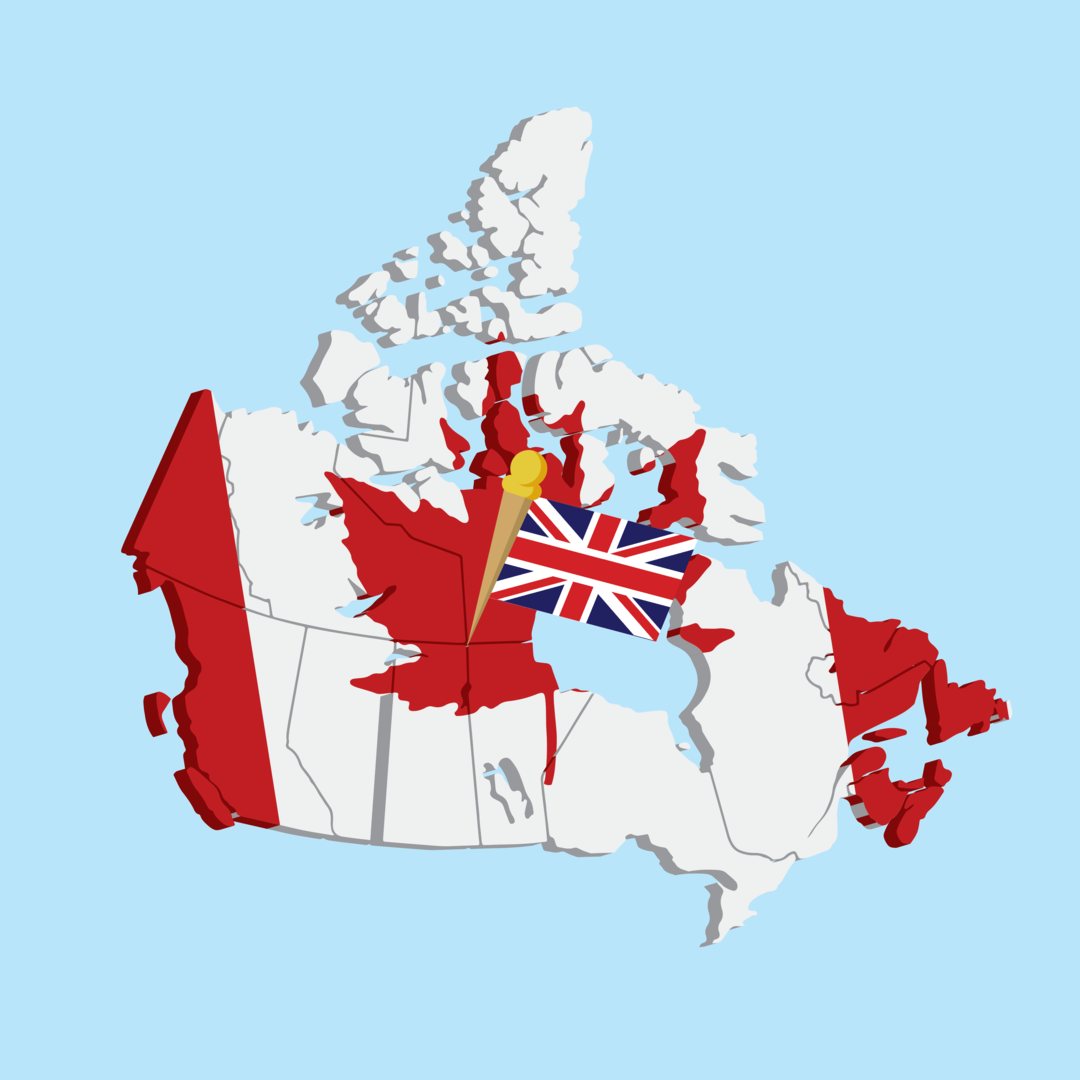Most Canadian citizens recognize the relevance of the Queen through symbolic means such as the Oath of Citizenship and portraits of the Queen on our currency. But many people, including federal NDP leader Jagmeet Singh, don’t understand the broader relevance of Canada’s ties to the British monarchy. Although the Queen has a special role in the structure of Canada’s political system, she rarely interferes in the governance of the country. In fact, the Queen only visits Canada around once every three years, and this event is usually ceremonial. This is because Canada is regarded as a constitutional monarchy, which means that the monarch delegates her powers to the nation’s elected politicians. Consequently, one may ask, where does the Queen fit into the governance of Canada?
The Queen may seem far removed from Canadian politics, but the monarchy is still an important part of Canada’s national identity. Although Canada is an independent and democratic nation that united its colonies under Confederation in 1867, the country retains ties to the British monarchy in its Constitution. This factor is particularly important because it marks a clear distinction between Canadian nationhood and American nationhood. The Canadian Constitution states that the monarch has complete authority over the executive government and the entire nation of Canada. The monarch is also the head of Canada’s Parliament and the commander-in-chief of the Canadian Armed Forces.
Canada is not the only country that has a “shared” monarchy with Britain. The British monarch is also the monarch of 15 other independent nations including Australia, Jamaica, and New Zealand. Nevertheless, most people are unclear on how the Queen yields power over the Canadian state since Canadian citizens elect their prime minister, the head of government, by voting for MPs that represent their preferred political party. At times it seems that the role of the Queen is questionable because she is expected to agree with the decisions of the prime minister since this is required in a democracy. The House of Commons and the Senate in Canada propose new laws/bills and are also responsible for ratifying them, so most of the time the decisions of the provincial and federal governments do not involve the explicit consent of the Queen.
Due to the physical distance separating Britain and Canada, the Queen — on the advice of the prime minister — appoints a Canadian to represent the monarchy in Canada in her absence. This representative is called the Governor General, and he or she has several ceremonial powers in the Parliament. But the Governor General can also dissolve Parliament and call for a reelection if the government in power loses a vote on important bills such as the budget. For bills that are successfully passed in Parliament, the Governor General must also give the final royal assent for the new bill to become binding. Therefore, the Queen rules remotely through her trusted representative, though the Crown is usually bound to the decisions of the prime minister and Parliament unless the elected officials transgress the decrees of the Constitution.
The reason that the monarchy is still a significant part of Canada’s political system is because the country never fully experienced a definite break from British colonial rule. Unlike the United States, Canada never had a revolution to establish its political independence from Britain. Instead, Canadian independence gradually evolved under British supervision. And so, the similarities between the British and Canadian systems of government are still very apparent. From my perspective, the figure of the Queen as the head of the Canadian state is still relevant to Canadians nowadays because it is an important part of Canada’s history and constitutional framework. Retaining the Queen as the supreme authority in the land also draws a distinction between what it means to be Canadian versus what it means to be American.
Image: Cory Jensen/The Cascade


